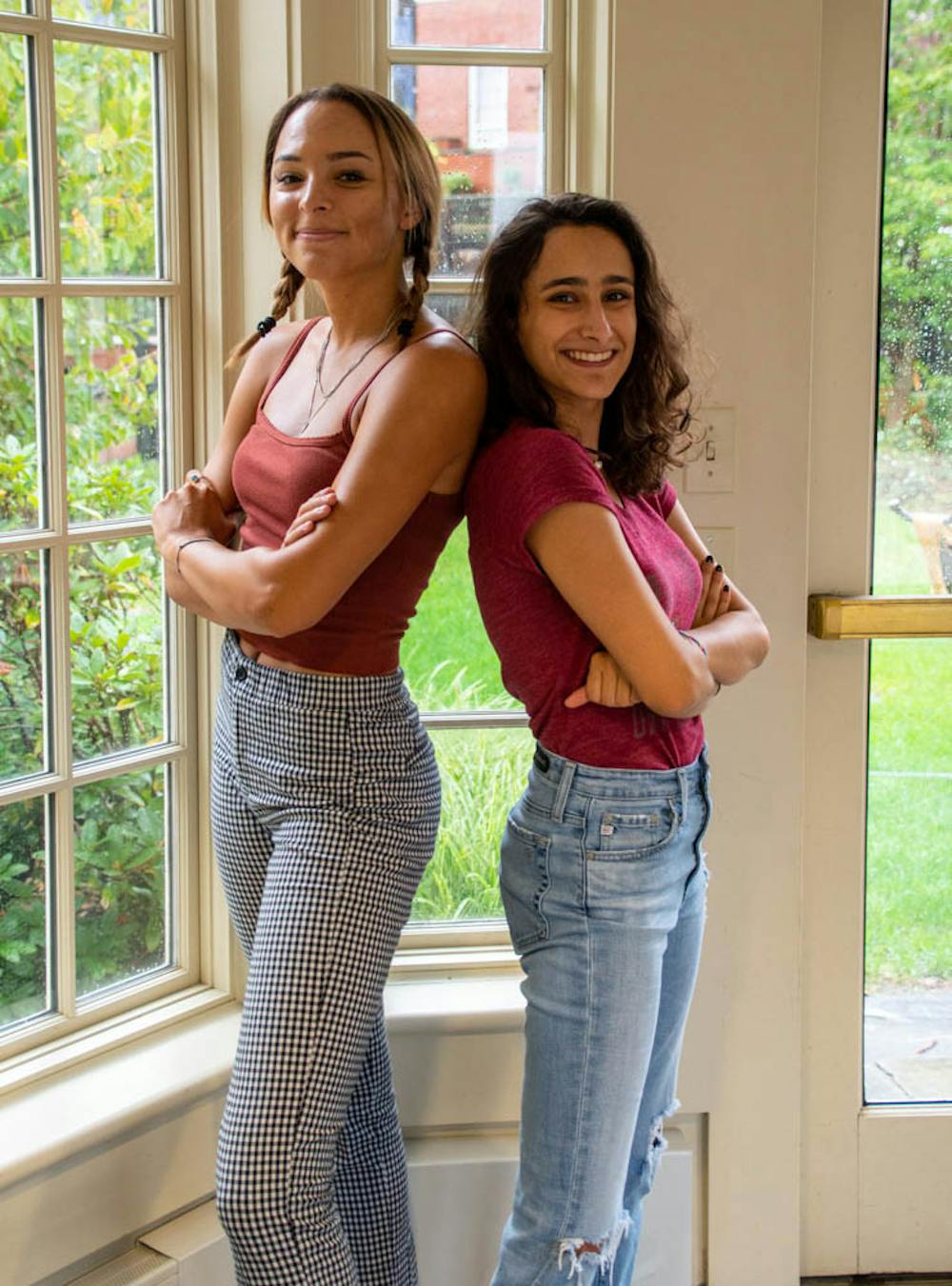Last spring, Brown/RISD Hillel welcomed a new student group that strives to foster community among Jewish students of color. Hillelin’ with Melanin — created by Tessa Palisoc ’20 and Nicole Spring ’20.5 — is a social group that celebrates the students’ intersectional identities and increases their visibility on campus.
“It’s hard when there’s very little visibility for Jews of color to find a space,” Palisoc said. “You think that there isn’t anyone like you, you think that there isn’t a space for you — but there is, and so we wanted to establish and create it.”
According to Jordan Mann ’15, who started working for Hillel last fall as a staff liaison for student groups, Hillel used to house a similar group called Jews of Color, though the number of members dwindled over the past few years. Hillel staff wanted to revive it, and Mann especially felt it was important to create a space at Hillel for Jewish students of color.
One member of the group, Akiva Chaleff ’20, finds this space especially important because it allows him to find community without always placing identity at the forefront.
“Hillelin’ with Melanin is more of just a social group,” Chaleff said. “It lets you be in a Jewish space and be in a people-of-color space without really thinking about each of those at every moment, and that’s been so awesome. I’ve never experienced anything like that before coming here.”
The group meets about every other week for fun and relaxing programming, with many of its events centering on Jewish holidays. A recent event celebrated Rosh Hashanah, the Jewish New Year, and was themed “Apples to Apples with Honey,” following the tradition of eating apples with honey on the holiday. Upcoming events include a sunset barbeque picnic on Hillel’s balcony to celebrate the Jewish holiday of Sukkot and a bowling disco night in February to celebrate Black History Month.
Hillelin’ with Melanin aims to provide a space where aspects of members’ intersectional identities are supported at once.
“Identifying with two different cultures is kind of hard, because in one group you feel like the other part of your culture is kind of shadowed, and then in the other group, vice versa,” Spring said. “But in our group, we’re really appreciating both sides.”
For Palisoc, meeting other Jewish students of color through Hillelin’ with Melanin has been influential in forming her own identity. Before forming the group, Palisoc felt like her identities as a Jewish person and a person of color didn’t intersect with one another. But finding other people helped her realize that “those are both part of not two separate identities, but one identity,” Palisoc said. “I’m not made of fractions; I’m not this percent Jewish and this percent Filipina. I’m one person who is both.”
With intersectional identity at its core, Hillelin’ with Melanin also addresses the whiteness of many Jewish spaces and the lack of representation of Jewish people of color, Palisoc said.
“There’s a huge issue with erasing Jews of color. If you just look at any modern representation of a Jewish person, they’re probably white, and that’s just not true,” Palisoc said. “Hillel seems, on the surface, to be a very white space, and this discourages people of color from participating in a community that they have a claim to.”
“You go there, and it kind of feels, oftentimes, like you’re out of place,” Mann said. As a Jewish person of color, Mann is often asked whether or not he is Jewish.
According to Chaleff, there have even been times when people assumed that Hillelin’ with Melanin members were renting space in the Hillel building.
“For Jews of color, a lot of times it can feel like Jewish identity is just ‘the other thing’ that people aren’t seeing (in) me,” Chaleff said. Chaleff says he often feels like the only way to make his Jewish identity visible is by engaging with it religiously.
Because of the lack of visibility of Jewish people of color, Mann, Palisoc and Spring were all surprised by the sheer size of the identity group on campus. After they reached out to more students, Hillelin’ with Melanin accumulated a listserv of about 30 people.
“I was so surprised, because I did not expect nearly this number of people to even fit the demographic that would come to Hillelin’ with Melanin,” Palisoc said. “But that just shows how important it is — we had all of these people not coming to a place that should be their community safe space.”
According to Spring, one of the greatest challenges for the club is recruiting. “The hardest part is finding members,” Spring said, “because if they don’t know it exists, then they might be kind of afraid to go into Hillel or approach Hillel by themselves.”
But it isn’t always easy to tell who is a Jewish student of color. Spring added that recruitment can be awkward, because it involves approaching people and asking if they share an identity that lies beneath the surface.
“The biggest thing that the group offers is just visibility,” Mann said, “the sense that other people know that you exist.”





